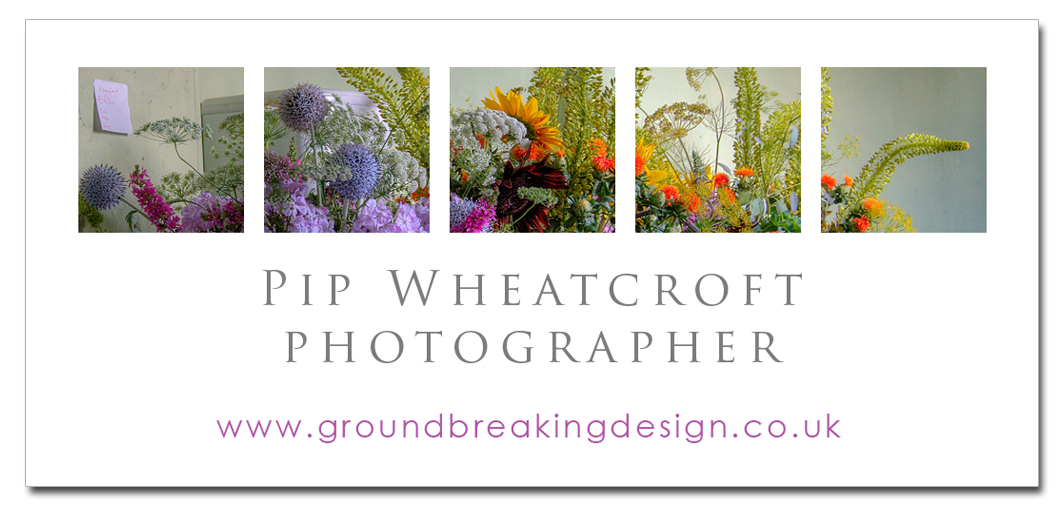In conversation a while back, it turned out that my friend Eilene was a very keen and well informed photographer. Her interest goes way back and I’d chatted about the course I was planning to undertake. She suggested studying the work of Jane Bown as one of my selected photographers and she mentioned she had many of her books.
I suggested interviewing her about Bown as part of my research.
Pip: You have obviously been interested in Jane Bown for a long time.
When and how did you first find out about her?
Peers: I originally saw her work in the late 50s early 60s, she worked as a photographer for the Observer, if someone was being interviewed she accompanied the journalist and took pictures to go with the article. Her work was so different from other pictures in the papers being published at the time. She just seemed to capture the whole character of the sitter, often telling you more about the person than the written article. Her pictures were so strikingly different they stood out.
Pip: How many of her books have you got?
Peers: All of them I think. They are usually reviewed in the Sunday Observer. The Singular cat. The Gentle Eye. Pillars of the Church. Unknown Bown. Women of Consequence. Faces. Exposure. Jane Bown Observer. Portraits.
Pip: In that earlier time, what first attracted you most to her pictures?
Peers: They never looked formally posed, but technically they were faultless. The compositions were natural but she has such an eye. She generally used natural daylight with black and white film usually taking two 36 exposure films.
Pip: You have been looking at her photography over a long while, would you say her technique/style has
a) Stayed the same
b) Changed for the worse.
c) Changed for the better
Peers: Just got better and better but keeping the same simple techniques which worked so well for her because of her attention to detail. She worked to tight deadlines for the paper and did not have assistants, she was able to quietly take pictures without making a fuss. She was not self promoting and as she did not rely on technology was very self sufficient. I think this allowed the folk she was photographing to relax and she was keeping a low profile quietly taking pictures in the background often while they were being interviewed.
Pip: What do you find most appealing about her pictures?
Which are your favourites?
Peers: I like the fact that she often finds something unexpected in her sitters. Perhaps her female perspective allows her to avoid the obvious.
Pip: How do you mean?
Peers: The picture of Diana Dors, she doesn’t go for glamour she finds humour, almost vulnerability. Many of her pictures are taken of the back of people and we’d normally avoid that, her eye for composition is unerring.
Pip: Has seeing her pictures affected the way you take your own pictures?
Peers: Yes very much so, I don’t want to take obviously posed pictures. I like to observe what they are doing and wait for the shot. I really don’t like the mug shot school pictures of children doing nothing




hi
ReplyDeleteThis is a great way to add value to the area you are involved in as a matter of interest it would be nice to show her your work when you have completed to gain some evaluative feedback.
steve
Hi
ReplyDeleteAgain this zooms straight in at distinction level for a D1 and if you can apply what you analyse into your own waork and clearly link it you can then claim for a D2.
steve